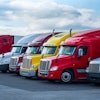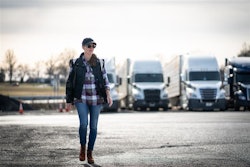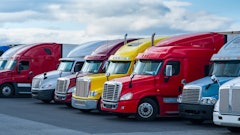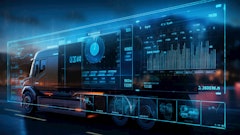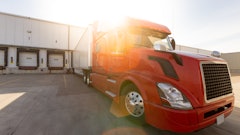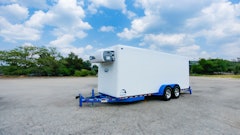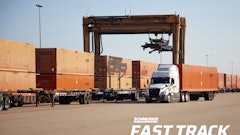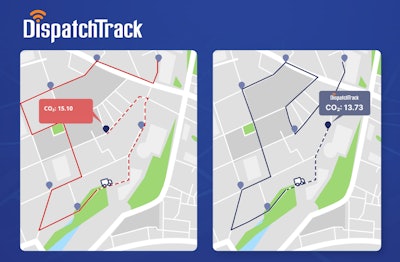
DispatchTrack introduced an artificial intelligence (AI)-powered carbon emissions tracking solution to help companies meet their supply chain sustainability goals. Available as a feature in the DispatchTrack routing console, CO2 tracking enables companies in any market worldwide to better understand their existing carbon output on a per-route, per-stop and per-vehicle basis, optimize routes to reduce CO2 output and gather data to illustrate the impact of their sustainability initiatives.
“When it comes to the last mile, businesses around the world are taking sustainability seriously. There’s mounting pressure to do better and to invest in initiatives that actually reduce CO2,” says Satish Natarajan, DispatchTrack co-founder and CEO. “With the industry’s first AI-based CO2 tracking capabilities, we’re helping our customers double down on their net-zero commitments and achieve their sustainability goals. By providing visibility into their carbon footprint and route optimization powered by AI, DispatchTrack is helping our customers reduce their emissions with confidence and become even more competitive.”
From DispatchTrack:
- Using DispatchTrack's AI-powered route optimization engine, companies can discover green delivery options that leverage the most efficient routes with fewer miles driven and less fuel used. By taking into consideration all of a day’s stops and shortening the total distance that drivers have to travel in order to fulfill their orders, DispatchTrack can help last-mile delivery companies reduce fuel consumption across their fleet by at least 10%.
- DispatchTrack’s new CO2 tracking feature can be easily added to a customer’s existing DispatchTrack portal. Emissions data is included within routing and reporting screens, allowing users to visualize carbon emissions for each stop, and will dynamically update as routes are changed—all based on configurable emissions expectations based on different vehicle and load types.



